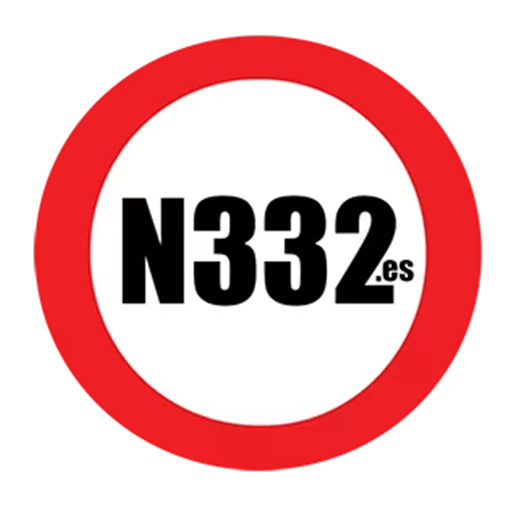With the summer months upon us, more of us are hitting the roads for holidays and longer journeys. Yet, a crucial component often overlooked is the condition of our car’s tyres. They are, quite literally, your only point of contact with the road, making their integrity and suitability paramount for safety. So, before you set off, give your tyres the attention they deserve. If it’s time for a replacement, these five tips will help you make a wise choice.

Contents
1. Only Mount Approved Sizes
It might seem obvious, but many drivers unwittingly overlook this fundamental rule: your car is approved to run with specific tyre sizes only. Installing an incorrect or non-equivalent size can lead to significant problems, potentially affecting handling, braking, and even legal compliance. To verify the correct sizes, consult your vehicle’s technical data sheet (often found in section L.2 or in the comments section). Alternatively, you can check the sidewall of your current tyres if you’re certain they are the correct ones fitted by the manufacturer.
You’ll find a nomenclature such as 205/45 R17 89V. This code provides key parameters:
205: The width of the tyre in millimetres.
45: The profile, or aspect ratio, indicating the tyre’s height as a percentage of its width.
R17: The rim diameter in inches, with ‘R’ signifying ‘radial’ construction.
89: The load index, indicating the maximum weight the tyre can support (in this case, 580 kg per wheel).
V: The speed code, denoting the maximum speed the tyre is rated for (here, up to 240 km/h).
It’s vital to remember that the overall outer diameter of the new tyre cannot vary by more than 3% from the original specification, and the tyres must be approved according to the relevant UN/ECE Regulation.
2. Cheap Can Be Expensive
While there are some budget-friendly tyres that offer decent performance, generally speaking, the performance and safety offered by premium brands remain a step ahead. A high-quality tyre can be the deciding factor in critical situations, whether it’s the difference in stopping distance during emergency braking, superior grip in wet conditions, or enhanced stability when cornering. Moreover, premium tyres typically boast a longer lifespan, meaning any initial price difference is often offset by their durability over time, making them a more cost-effective choice in the long run.
3. Choose According to Your Car and Driving Style
Tyres are not a ‘one size fits all’ solution. Different vehicles demand different tyre characteristics. For instance, an electric vehicle requires tyres with low rolling resistance to maximise its range, while also needing to withstand the high torque output of electric motors. A sports car, on the other hand, will prioritise exceptional grip, precise cornering response, and unwavering stability at higher speeds.
Similarly, your personal driving style plays a significant role. If you frequently undertake long journeys, you’ll likely value comfort and low road noise. If you prefer a more ‘lively’ or dynamic driving experience, you’ll want tyres that provide confident feedback and precise handling.
4. Consider Your Driving Environment and Climate
This is where the choice between summer, winter, or all-season tyres becomes relevant. For most regions of Spain, summer tyres are perfectly adequate for the prevailing climate. However, if you live in or frequently travel to colder areas that experience snow or sustained temperatures below 7°C, winter tyres offer vastly superior safety through enhanced grip in challenging conditions. All-season tyres present an intriguing compromise: while they may not excel as much as dedicated summer or winter tyres in their respective extreme conditions, they save you the hassle and cost of changing tyres twice a year.
5. The European Label: Your Silent Ally
For several years now, all new tyres sold in Europe have been required to carry a European tyre label. This provides a transparent and easy-to-understand guide to three crucial performance parameters:
Fuel Efficiency: Indicated by a rating from A to G, this measures the tyre’s rolling resistance, directly impacting your car’s fuel consumption.
Wet Grip: Also rated from A to G, this denotes how well the tyre performs in wet braking conditions – a critical safety factor.
External Rolling Noise: Measured in decibels (dB), this indicates the amount of noise the tyre generates outside the vehicle, contributing to environmental noise pollution.
The label may also display the mountain and snowflake symbol (3PMSF – 3 Peak Mountain Snowflake), which certifies that the tyre is suitable for severe snow conditions, or the icy mountain symbol for Nordic tyres designed for extreme ice grip. Paying attention to this label can provide valuable insights into a tyre’s characteristics before you buy.
Bonus Tip
Ultimately, treating your tyres as the vital safety components they are, and making informed choices when replacing them, will ensure your summer journeys – and indeed all your drives – are as safe and efficient as possible.
If you are ever in any doubt, the best course of action is to consult a professional, who will be able to offer help and advice to satisfy your personal needs, as well as those of safety and legality.
Discover more from N332.es - Driving In Spain
Subscribe to get the latest posts sent to your email.

You must be logged in to post a comment.